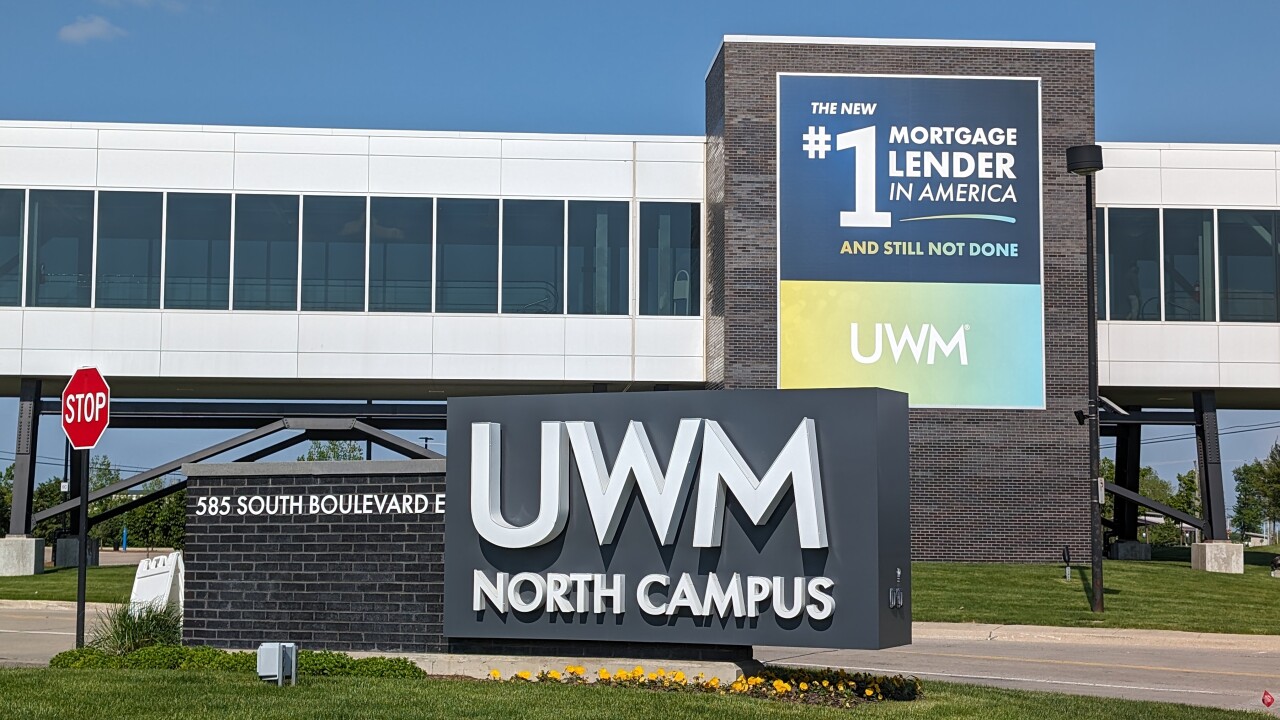U.S. inflation broadly slowed in October, an encouraging sign of progress for the
The so-called core consumer price index, which excludes food and energy costs, increased 0.2% from September, Bureau of Labor Statistics data showed Tuesday. Economists favor the core gauge as a better indicator of underlying inflation than the overall CPI. That measure stalled, restrained by cheaper gasoline.
Despite some bumps in recent months, inflation has settled substantially from a 40-year high reached last year. That's led several Fed policymakers to signal that they
Stock futures rose and Treasury yields declined significantly as traders assessed a smaller probability of another rate hike in December. They also moved up bets of when the Fed will first cut rates to June, compared to July before the report.
The advance in the core measure reflected increases in rent, motor-vehicle insurance and recreation. It was also partially due to a
Shelter prices, which make up about a third of the overall CPI index, climbed 0.3%, half the prior month's pace. Economists see a sustained moderation in this category as key to bring core inflation down to the Fed's target. A key measure of rent as well as hotel stays stepped down.
Excluding housing and energy, services prices climbed 0.2% from September and 3.7% from a year ago — the lowest in nearly two years — according to Bloomberg calculations. While Powell and his colleagues have stressed the importance of looking at such a metric when assessing the nation's inflation trajectory, they compute it based on a separate index.





